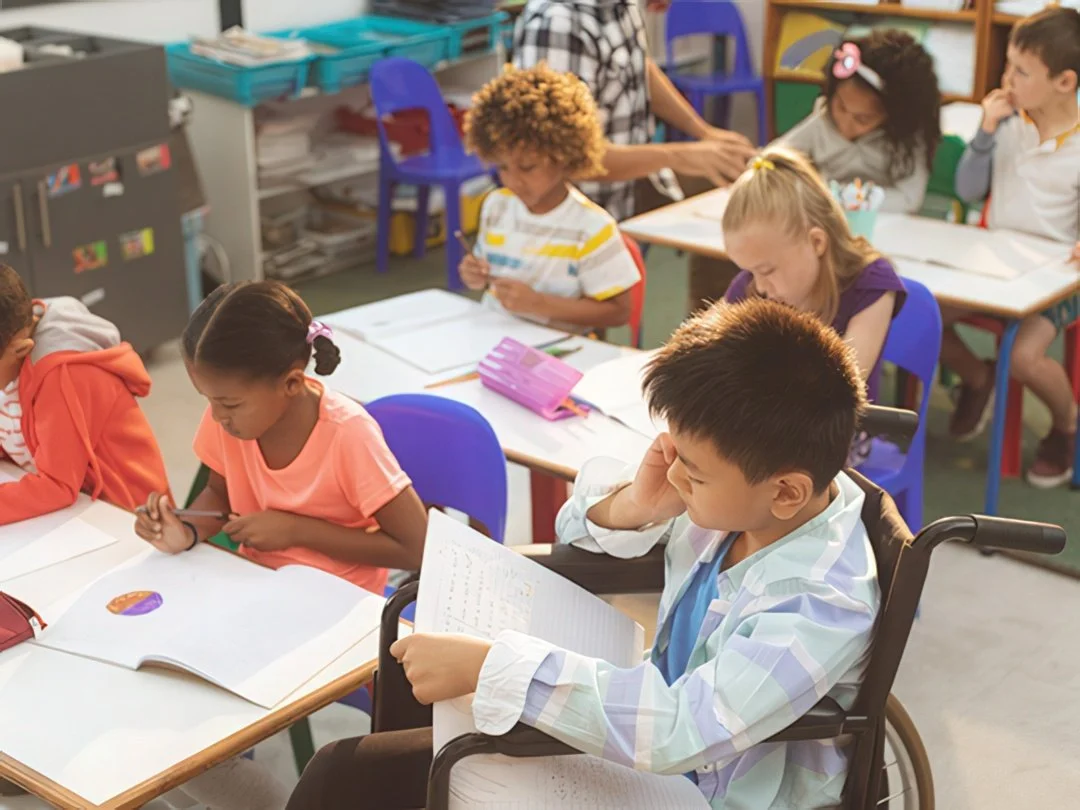
What is a School Climate Survey for Students?
A school climate survey for students is a research-based tool that helps schools understand how students experience their school environment. It collects direct feedback on topics like emotional safety, relationships with teachers and peers, fairness in rules, and overall sense of belonging. These insights empower educators to make data-informed decisions that improve school culture and student well-being.
What Does a School Climate Survey for Students Measure?
Emotional and physical safety
Peer relationships and adult-student interactions
Teaching and learning conditions
Sense of belonging and cultural inclusion
Fairness in school policies and discipline
By gathering student perception data, schools can make informed, equity-centered decisions that support an inclusive educational environment.
Why Measuring Student Experience Matters
Student surveys give young people a safe, structured way to share what school feels like from their perspective. Their feedback helps build trust and drives meaningful improvements in culture, equity, and engagement.
The Value of Centering Student Voice
Why is student voice important in school climate efforts?
Centering student voice helps schools uncover insights that adults may overlook—like engagement levels, morale, and relationship dynamics. Capturing this input builds trust, informs equity-focused improvements, and strengthens the overall learning environment.
Students often notice dynamics that staff may not see. Capturing this input gives schools:
Insight into student engagement and morale
Clearer understanding of strengths and growth areas
Opportunities to strengthen teacher-student relationships
Data to guide improvements in equity, discipline, and support services
When students feel heard, they’re more likely to engage—building a school climate based on trust and collaboration.
Topics Typically Included in a Student Climate Survey
What topics are typically included in a student climate survey?
Student climate surveys often cover emotional and physical safety, respect and fairness, inclusion in instruction, discipline practices, access to adult support, and sense of belonging. Effective surveys are adapted by grade level to ensure questions are clear and age-appropriate.
While every district may tailor its questions, surveys often explore:
Emotional and physical safety on campus
Respect and fairness from teachers and peers
Inclusivity in classroom instruction and discussions
Rules, discipline practices, and fairness
Communication and access to adult support
School belonging and cultural representation
Well-designed surveys are adjusted by grade level to ensure accessibility and age-appropriate language.
Real Examples of Student Feedback Driving Improvement
Middle School: Boosting Belonging
After a climate survey revealed that many students didn’t feel included, teachers introduced new group work strategies and adjusted classroom routines. Within months, students reported stronger connections with their peers & greater comfort participating in class.
High School: Rethinking Discipline
Survey data showed that students viewed disciplinary actions as inconsistent. School leaders brought in student representatives to review policies. A revised, more transparent system led to a significant drop in behavior incidents and increased trust in leadership.
Best Practices for Student Survey Implementation
What are best practices for implementing student climate surveys?
To get honest and equitable feedback, schools should protect student anonymity, clearly explain the survey’s purpose, use age-appropriate language, provide quiet time to respond, and support diverse learners. These practices ensure all students can participate meaningfully.
To ensure accurate, meaningful results, schools should prioritize thoughtful implementation:
Protect student anonymity to promote honest answers
Explain the purpose clearly so students know how their feedback will be used
Use language appropriate for each age group
Offer quiet time and space to complete the survey
Support diverse learners, including students with IEPs or multilingual backgrounds
Following these best practices ensures that all students can participate fully and equitably.
Turning Student Feedback Into Action
How should schools act on student climate survey results?
To make student surveys meaningful, schools should analyze results by group or grade, identify trends, share findings with staff and student leaders, and focus on a few key priorities. Tracking progress over time shows students their feedback drives real change.
Collecting data is only one part of the process—using that data to improve school climate is what makes student surveys effective.
Steps for acting on survey results:
Break down results by student group, grade level, or building
Look for trends in student engagement and areas of concern
Share summaries with staff and student leadership groups
Identify two or three priorities for action
Track changes and re-measure over time to show progress
This kind of feedback loop helps build student trust and demonstrates that their input leads to real change.
FAQs
What is the purpose of a school climate survey for students?
To gather honest feedback about student experiences related to safety, relationships, instruction, and fairness—helping schools make responsive improvements.
How does student feedback support school climate improvement?
It provides clear insight into student needs and helps identify changes that will create more inclusive and supportive learning environments.
What topics do these surveys usually cover?
Surveys often assess emotional safety, respect, classroom support, equity, and student engagement.
How should schools use survey results?
By analyzing the data, identifying priority areas, sharing findings with staff and students, and implementing measurable changes.
Learn More
Bring Student Voice Into Your Climate Strategy
CEE’s school climate surveys are designed to amplify student perspectives and help leadership teams create stronger, more connected school environments.
Contact us to explore survey tools and implementation strategies that elevate student voice and support lasting improvement.







